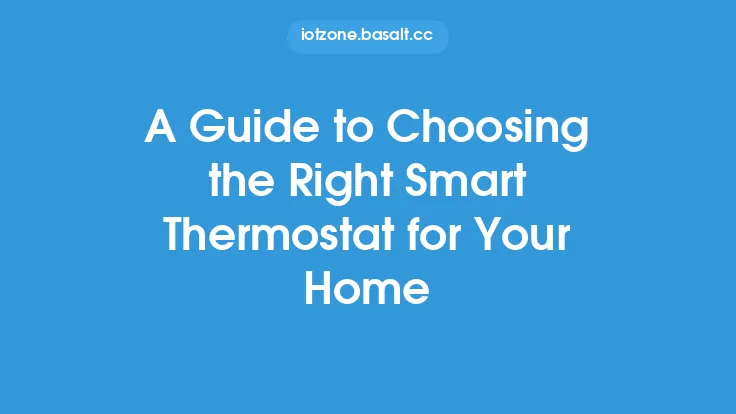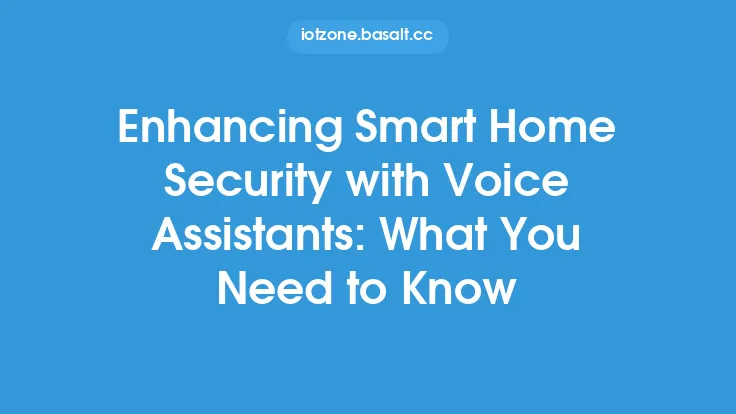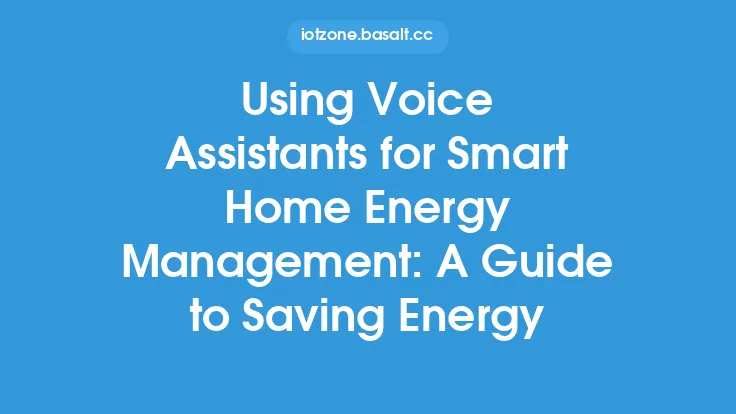As smart home technology continues to advance and become more prevalent, the importance of securing your smart home network cannot be overstated. A smart home network is a complex system that connects various devices, including thermostats, lights, security cameras, and door locks, to the internet and to each other. This interconnectedness creates a vast attack surface, making it an attractive target for hackers and cybercriminals. In this article, we will delve into the world of smart home network security, exploring the risks, threats, and best practices for protecting your smart home from cyber threats.
Introduction to Smart Home Network Security Risks
Smart home devices are inherently vulnerable to cyber threats due to their interconnected nature and the fact that many devices are designed with convenience and functionality in mind, rather than security. Some of the most significant risks to smart home network security include:
- Unsecured devices: Many smart home devices, such as security cameras and doorbells, are shipped with default passwords that are easily guessable or can be found online. If these passwords are not changed, they can provide an easy entry point for hackers.
- Outdated software: Smart home devices, like any other computer system, require regular software updates to patch security vulnerabilities. If these updates are not installed, the device can remain vulnerable to known exploits.
- Poor network configuration: A poorly configured network can provide a hacker with an easy entry point into the smart home system. This can include using weak passwords, not enabling WPA2 encryption, or not segmenting the network into different sub-networks.
- Insufficient authentication: Many smart home devices do not require strong authentication, making it easy for hackers to gain access to the device and the network.
Understanding Smart Home Network Security Threats
Smart home network security threats can come in many forms, including:
- Malware: Malicious software that can be installed on a smart home device, allowing a hacker to gain control of the device and potentially the entire network.
- Denial of Service (DoS) attacks: A type of attack where a hacker floods a device or network with traffic, causing it to become unresponsive or even crash.
- Man-in-the-Middle (MitM) attacks: A type of attack where a hacker intercepts communication between two devices, allowing them to steal sensitive information or inject malware.
- Physical attacks: A type of attack where a hacker gains physical access to a device, allowing them to extract sensitive information or install malware.
Best Practices for Smart Home Network Security
To protect your smart home network from cyber threats, it is essential to follow best practices for security. Some of these best practices include:
- Changing default passwords: Immediately change the default passwords for all smart home devices to strong, unique passwords.
- Enabling WPA2 encryption: Enable WPA2 encryption on your router to protect data transmitted over the network.
- Segmenting the network: Segment your network into different sub-networks, each with its own set of access controls and security measures.
- Installing software updates: Regularly install software updates for all smart home devices to patch security vulnerabilities.
- Using strong authentication: Use strong authentication methods, such as two-factor authentication, to protect access to smart home devices and the network.
- Monitoring network activity: Regularly monitor network activity to detect and respond to potential security threats.
Securing Smart Home Devices
Securing smart home devices is critical to protecting the entire smart home network. Some steps to secure smart home devices include:
- Disabling unnecessary features: Disable any features that are not necessary for the device to function, such as remote access or cloud connectivity.
- Limiting access: Limit access to the device to only those who need it, using strong authentication and access controls.
- Using a firewall: Use a firewall to block unauthorized access to the device and the network.
- Encrypting data: Encrypt data transmitted to and from the device to protect it from interception.
Securing the Smart Home Network
Securing the smart home network is critical to protecting all devices connected to it. Some steps to secure the smart home network include:
- Using a secure router: Use a router that has built-in security features, such as a firewall and intrusion detection.
- Enabling network segmentation: Enable network segmentation to isolate different devices and sub-networks from each other.
- Limiting access: Limit access to the network to only those who need it, using strong authentication and access controls.
- Monitoring network activity: Regularly monitor network activity to detect and respond to potential security threats.
Conclusion
Smart home network security is a critical aspect of smart home automation, and it requires a comprehensive approach to protect against cyber threats. By understanding the risks and threats to smart home network security, following best practices for security, and securing smart home devices and the network, you can help protect your smart home from cyber threats and ensure a safe and secure automation experience. Remember, smart home network security is an ongoing process that requires regular monitoring and maintenance to stay ahead of emerging threats and vulnerabilities.





